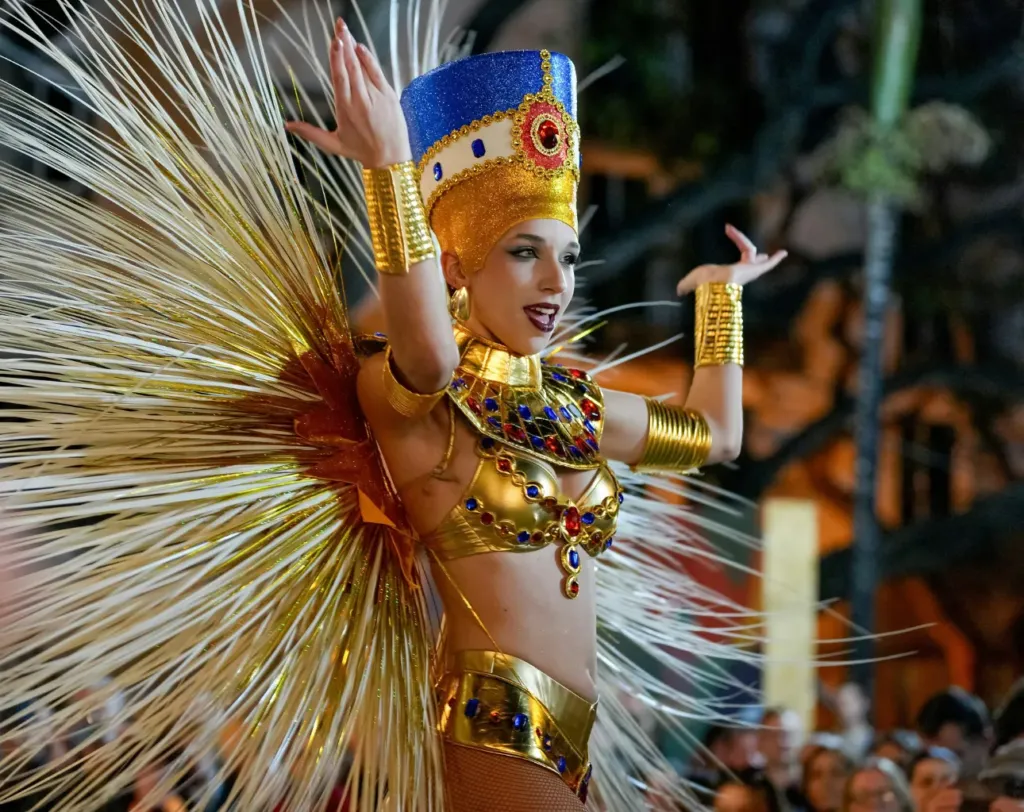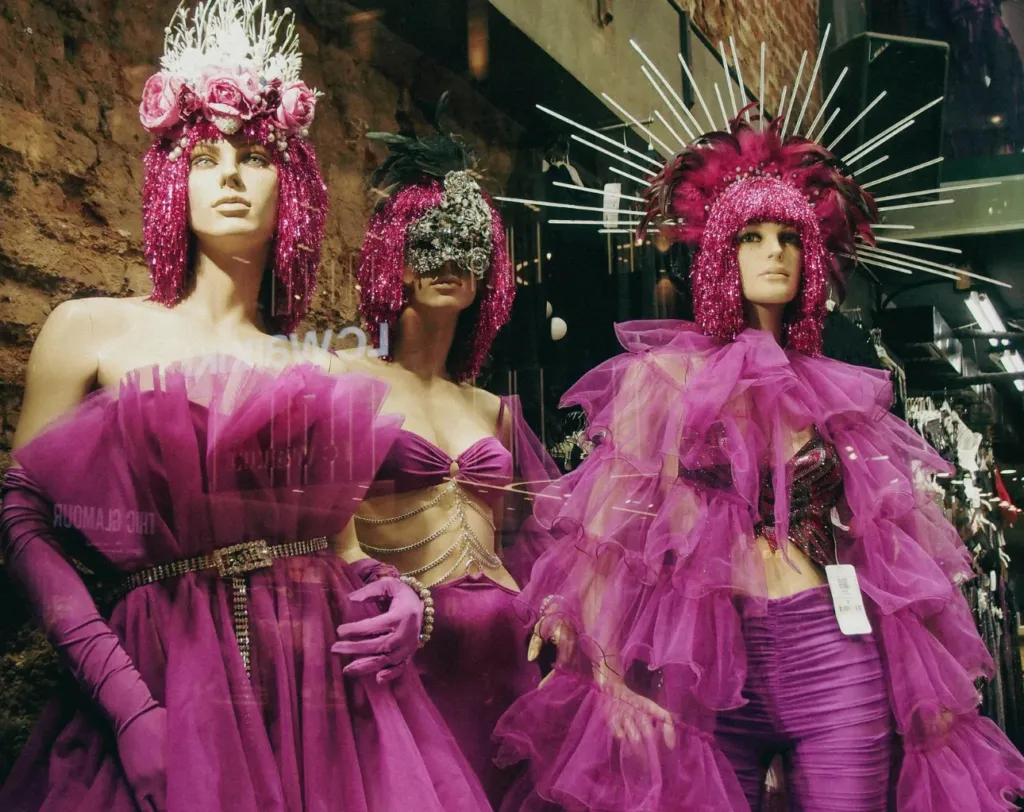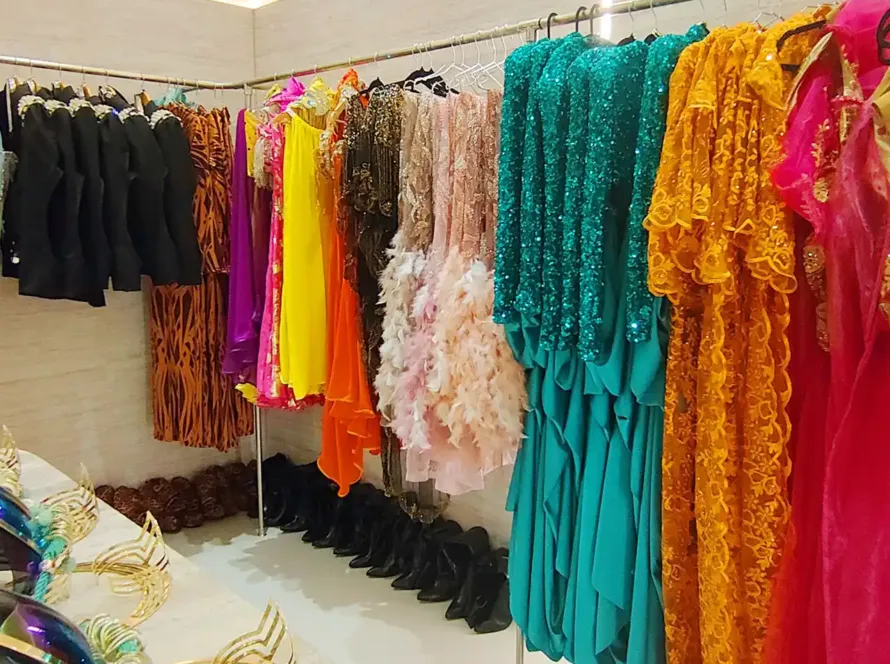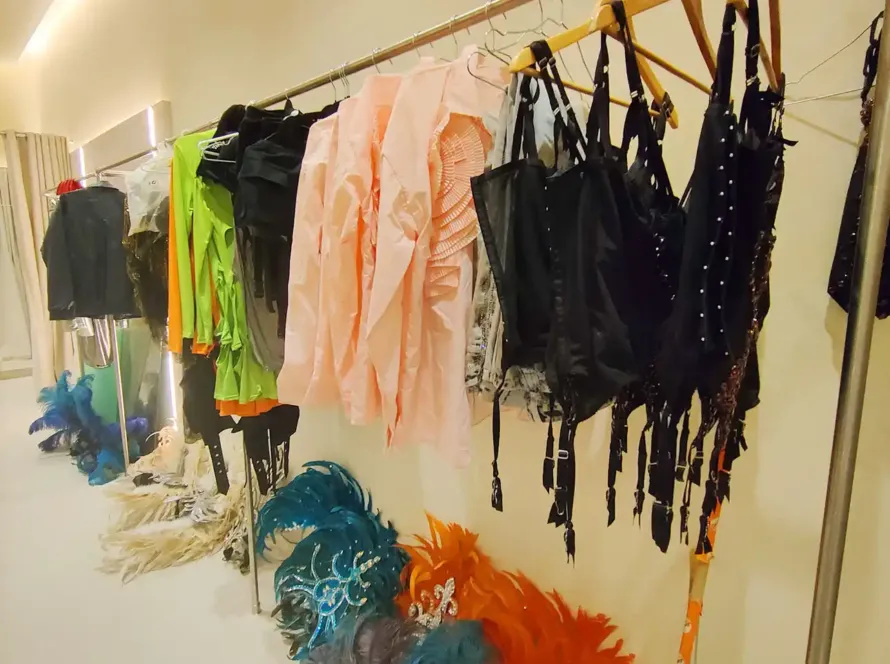A stage garment is a tool. It is a piece of equipment. It is an artist’s second skin. A garment’s material can be a dancer’s best friend or their worst enemy. The wrong choice, a textile with no give for an acrobat, a heavy wool for a fire artist, can restrict or even endanger the artist. The right choice helps them. It moves with them. It makes their presentation better.
The selection of performance costume materials is a foundational part of Dubai stage costumes production. It is a science. It is a mixture of art, physics, and logistics. So, how do you make the right call? Let’s get into the nuts and bolts.
Why Material Choice Matters for Show Apparel
A garment for a show has a tough job. It must do several things at once. It has to look a certain way. It has to move a certain way. And it has to last through a high-intensity presentation. The material you select dictates all of these factors.
A material’s properties—its texture, its elasticity, its reaction to light, its overall weight—will define the final garment. A costume fabric guide is less about fashion and more about engineering. A bad choice here means a garment that tears, overheats, or simply looks wrong under the lights.

A Guide to Different Types of Show Textiles
Let’s break down the prominent families of materials you will encounter.
- Knits (with Elasticity): These are the workhorses of the show world. Think of Lycra and spandex blends. Their main property is their “give.” They allow a dancer to move without restriction. They are essential for acrobats, dancers, and any artist who needs a full range of motion.
- Wovens (Non-Elastic): These are textiles like satin, taffeta, or brocade. They have a rigid structure. You use them when you want to build a specific shape—a grand skirt, a sharp shoulder, a historical piece. Their value is in their form.
- Metallics and Sequins: These are your visual highlights. Sequin materials for presentations and high-sheen lamés are all about their reaction to light. They are fantastic for high-sheen fabrics for shows. They are often heavy and have little to no “give,” so they must be used strategically.
- Sheers: Textiles like chiffon, georgette, and organza. Their main job is to create fabric movement on stage. They float. They are lightweight. They add a soft, ethereal quality to a garment.
Selecting Materials Based on the Type of Show
The type of presentation is your first guide.
For a high-energy dance show or corporate event, you need materials with excellent elasticity and moisture-management properties. The garment must move with the artist and help keep them cool.
For an acrobatic or aerial show, the material must be incredibly hard-wearing. It must fit the body like a second skin. Any loose or weak material is a huge liability.
For a gala dinner singer or a stationary musician, movement is less of an issue. Here, you can use heavier, more opulent materials like velvet or heavily beaded textiles to create a strong visual statement.

Material Considerations for Dubai’s Climate
This is a huge factor. The heat-friendly fabrics Dubai events require are a special consideration. An outdoor event in Dubai, even at night, is warm. A lightweight fabric for costumes is essential.
You must look for airy costume fabric. Textiles that allow for ventilation will make a massive difference to the artist’s stamina. A heavy, non-porous garment under hot stage lights can be a real problem. Even for indoor events, the heat from illumination is intense.
Stage Illumination and How Materials React
This is an area that surprises many people. A material looks one way in your hand and completely different under stage lighting, friendly fabrics.
- Color: A deep blue textile can look black under a red light. A pale yellow can wash out to white under a bright frontal wash. You must test your material swatches under colored gels.
- Texture: High-sheen materials like satin can create “hot spots” or glares. This can be a great effect, or it can be a distraction. Matte materials like cotton jersey absorb light and show the human form well.
- Sequins & Metallics: These are designed to catch light. A sequin fabric for presentations is a small mirror. You must be sure this effect is what you want.
Wearability, Protection & Motion Considerations
The artist has to wear this garment. Their physical needs are paramount.
- Wearability: Is the material scratchy? A sequin garment must have a soft inner lining. A wool garment can be irritating.
- Protection: The construction must be solid. Seams must be reinforced. For fire artists, textiles must be non-flammable or treated. For LED artists, all wiring must be insulated and secured.
- Movement: This is the big one. An artist must be able to do their job. A dancer must be able to kick. An acrobat must be able to bend. The garment’s cut and material must permit this.
Custom vs Rental Attire: When Material Choice Changes
Your material options change based on your production method.
Custom costume materials are selected for a specific job. You can source the exact textile for the artist and the show. At Mystic Family, our in-house atelier builds custom apparel. This allows us to select the perfect material for your vision.
Rental garments are different. They are built to last. They are made from hard-wearing materials that can withstand repeated use and cleaning. They are a practical choice for many events.

A Final Checklist for Selecting Show Materials
Here is a quick set of questions to ask yourself.
- Motion: What is the artist’s movement requirement? (Needs elasticity?)
- Venue: What is the location? (Hot? Cold? Indoors? Outdoors?)
- Illumination: What is the light plot? (Needs high-sheen or matte?)
- Duration: How long is the show? (Needs hard-wearing materials?)
- Proximity: How close is the audience? (Needs fine detail?)
The material is the foundation of the garment. It’s a complex decision that has a considerable effect on the final presentation. It is a science we understand well.



